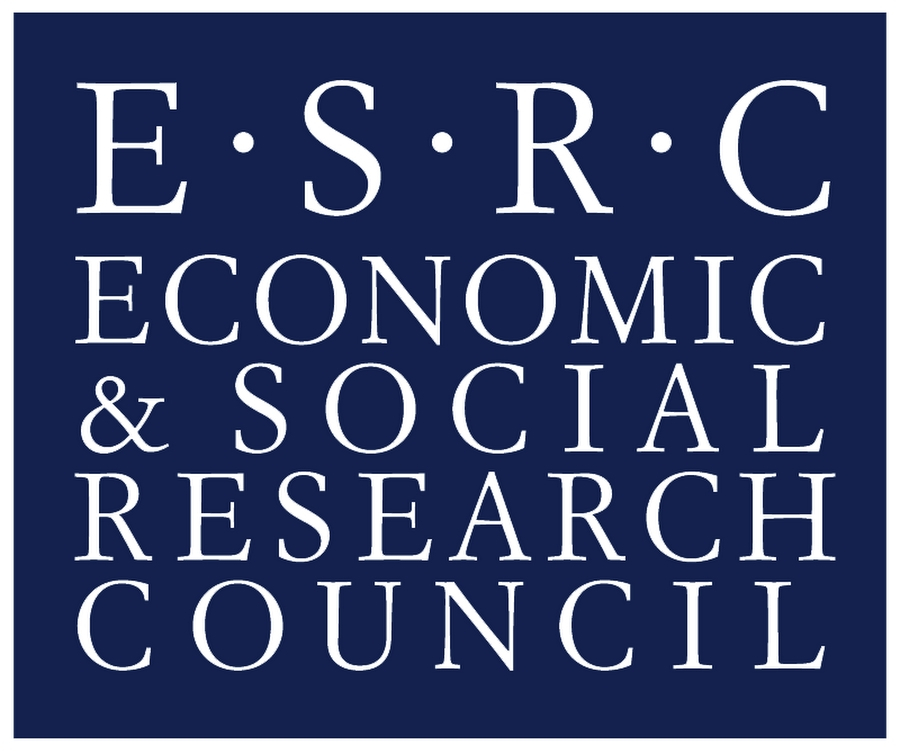
How does structural transformation affect economic inequality? And what does it do to poverty?
Many developing countries have seen a huge reallocation of labour from agricultural to non-agricultural sectors over the last decades. Blue-collar and informal service workers have increasingly replaced subsistence farming – not only in the industrial epicentres of East Asia but also in Latin America and, to a lesser degree, in Africa.
What has been the effect of this development? More than half a century ago, the economist Simon Kuznets – a pioneer of national income statistics – advanced an upsetting thesis: he argued that economic inequality would increase as workers move from low-productivity agriculture to high-productivity manufacturing. The flipside of economic transformation, Kuznets claimed, is thus inequality. This inequality would only decrease as economies matured and allowed the benefits of growth to ‘trickle down’ to the poor.
Does this pattern still hold true? A new GPID working paper addresses the question empirically. Its authors, Cinar Baymul and Kunal Sen, take comparable time-series data for 32 countries for the period after 1950 to explore what structural change has done to inequality and to poverty in the developing world. Compared to Kuznets – who also faced a severe shortage of data – this assessment takes place in a new context. Unlike today’s developed countries, most developing countries have been replacing agricultural work by service-sector work rather than by manufacturing.
The GPID working paper holds both bad and good news.
First, resonating with Kuznets’ concerns, Baymul and Sen find that higher inequality is associated with structural transformation, particularly if workers move from agriculture to services. This is, for better or worse, the dominant form of structural transformation in today’s developing world. If workers, instead, move to manufacturing, the pattern is more complicated and depends on the stage of structural transformation a country finds itself in, the authors argue.
Second, and more uplifting, structural transformation – to varying degree – is linked with falling poverty in developing countries. This is the case regardless of the stage of structural transformation. Structural change thus appears to be a tide that ‘lifts all boats’, yet one, as Kuznets rightly conjectured, that does not lift all boats equally.

